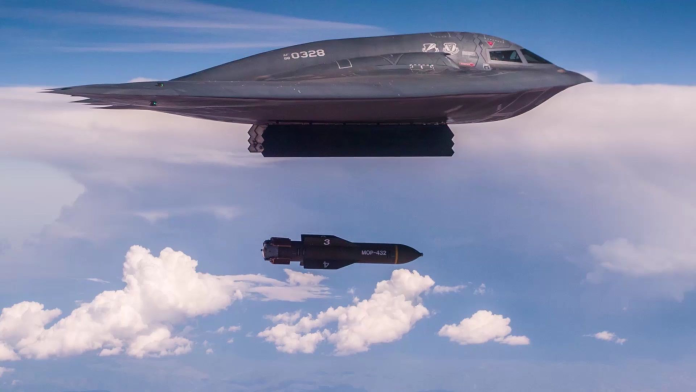
A question now rings through diplomatic circles: How did the globe’s most sophisticated bunker-busting bombs, launched from stealth bombers, manage to so completely disrupt Iran’s nuclear program yet leave a window of opportunity for quick technical recovery? Following the American B-2 strikes, Iran’s nuclear aspirations and the world’s capacity to monitor them are being challenged in ways unheard of before.
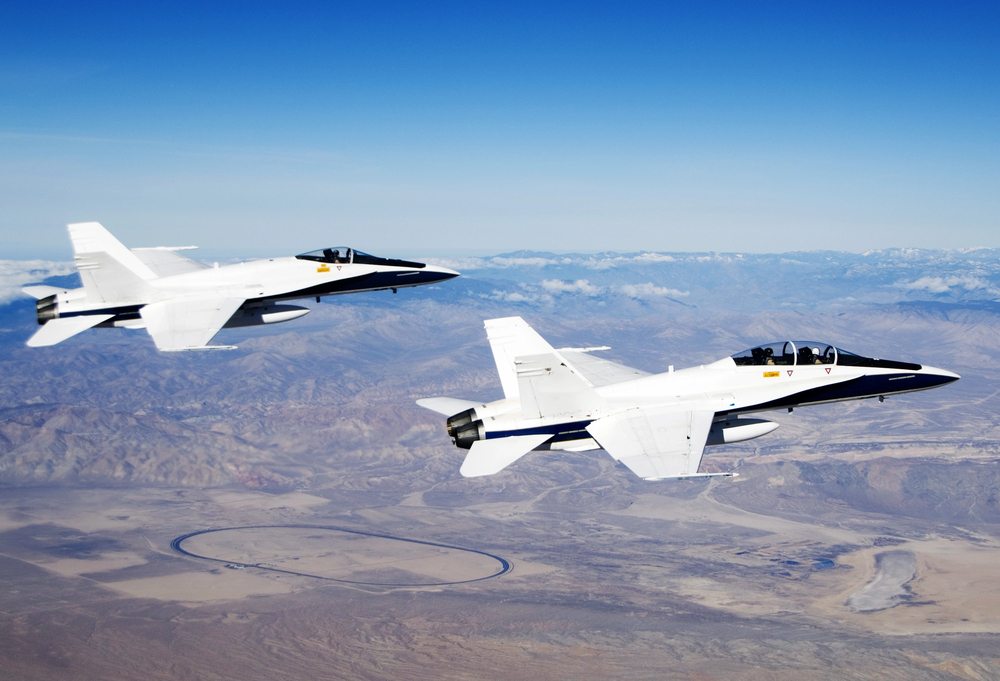
1. The B-2 Spirit and the Massive Ordnance Penetrator: Engineering a Strike
The American strike, “Operation Midnight Hammer,” was the biggest B-2 bomber mission since 2001 and the initial battlefield deployment of the GBU-57 Massive Ordnance Penetrator. Pentagon officials explained that seven B-2 Spirit stealth bombers flew 18 hours from Missouri, refueling several times, to bomb Iranian skies undetected. Each B-2, made of next-generation composite materials and “low-observable technologies,” had two MOPs 30,000-pound bombs that were designed to travel 200 feet through rock or reinforced concrete before exploding. Stated Gen.

Dan Caine’s report, “the B-2 bombers started dropping 14 MOP bombs in raids on two of Iran’s nuclear sites the Natanz and Fordo facilities.” Precison was complemented by a supporting fleet of refueling tanker planes, fighter escorts, and drones for target and intelligence so that “no Iranian soldiers or civilian buildings were targeted and that during the mission, we had the element of surprise.” Operation Midnight Hammer
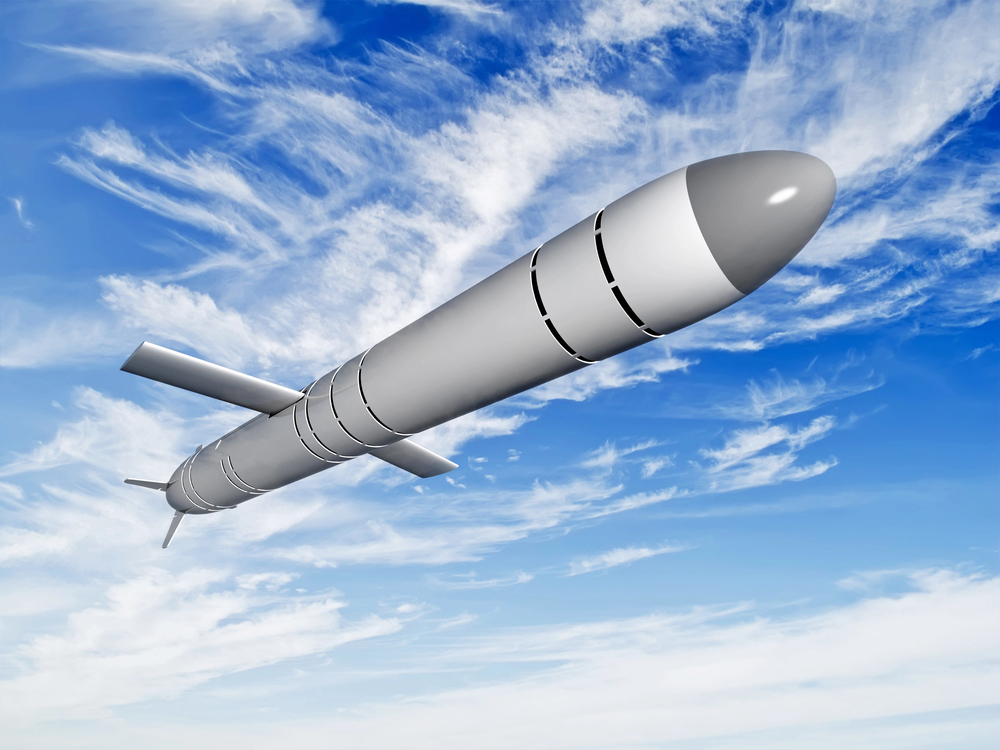
2. Damage Assessment: Natanz, Fordow, and Esfahan
Satellite imagery and IAEA estimates verify that Natanz and Fordow enrichment facilities were severely damaged. At Natanz, new-generation munitions caused craters above the buried Fuel Enrichment Plant (FEP) that would have destroyed thousands of centrifuges and critical electrical equipment. Fordow, hidden deep within a mountain, was hit by twelve MOPs targeting service buildings and ventilation shafts to have the greatest impact from internal detonation and probably destroying the cascade buildings containing advanced centrifuges. The Esfahan facility, essential for uranium conversion, was hit by Tomahawk cruise missiles, further destabilizing Iran’s nuclear fuel process. The IAEA reported, “on the same day [of the attack], the main cascade hall appears to have been struck by ground-penetrating munitions. the underground cascade halls were severely debilitating with hits.”

3. Iran’s Centrifuge Technology: From P-1 to IR-2m
Iran’s uranium enrichment effort has traditionally depended on gas centrifuges equipment that isolates uranium isotopes from uranium hexafluoride gas. The initial IR-1 centrifuge, a replica of the Pakistani P-1, experienced low success rates, which led Iranian engineers to construct the IR-2m and IR-4 models. The new centrifuges, replicas of the P2 design, feature carbon fiber rotors and maraging steel bellows to achieve higher speeds and greater enriching capacity five separative work units (SWU) per year, as opposed to 0.75 SWU for the IR-1. But sanctions compelled Iran to make do with domestic carbon fiber of inferior quality that introduced reliability issues. “Our equipment broke down quite often in the first years of the program. Clusters of microbes, left behind by hands of technicians as they built centrifuges, were found in a study to be the reason. This tiny amount of microbes was sufficient to destabilize the rotation and ruin the machine.” By destruction, we refer to the machine being reduced to powder, said Gholamreza Aghazadeh, the former director of Iran’s Atomic Energy Organization.
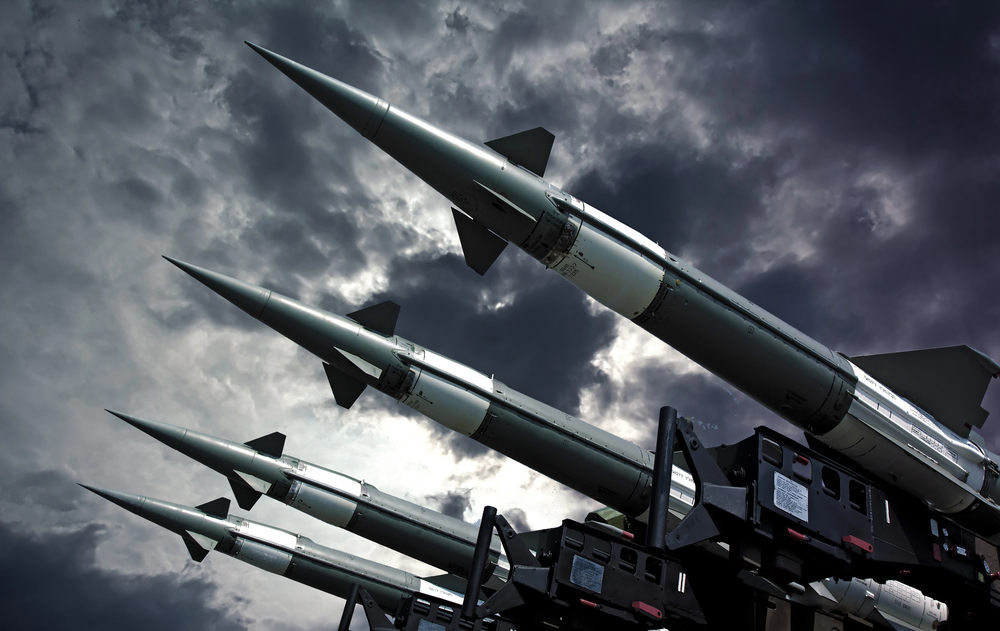
4. The AMAD Project: Weaponization and Warhead Design
Iran’s history of weaponization casts a long shadow. The clandestine AMAD Project, ongoing to at least 2003, guided research on nuclear warhead design, testing of high-explosives, and ballistic missile compatibility. The 2011 IAEA report recorded activities such as the creation of detonators, hydrodynamic experiments, and the acquisition of foreign weapons designs. After the formal end of the AMAD Project, most of its capacity was transferred to the Organization of Defensive Innovation and Research (SPND), with the intention of preserving Iran’s ability to reweaponize if politically expedient. Iran has conducted a number of activities relevant to the achievement of a nuclear explosive device as part of an organized activity prior to the end of 2003 and has continued some of these activities after that date. AMAD Project data
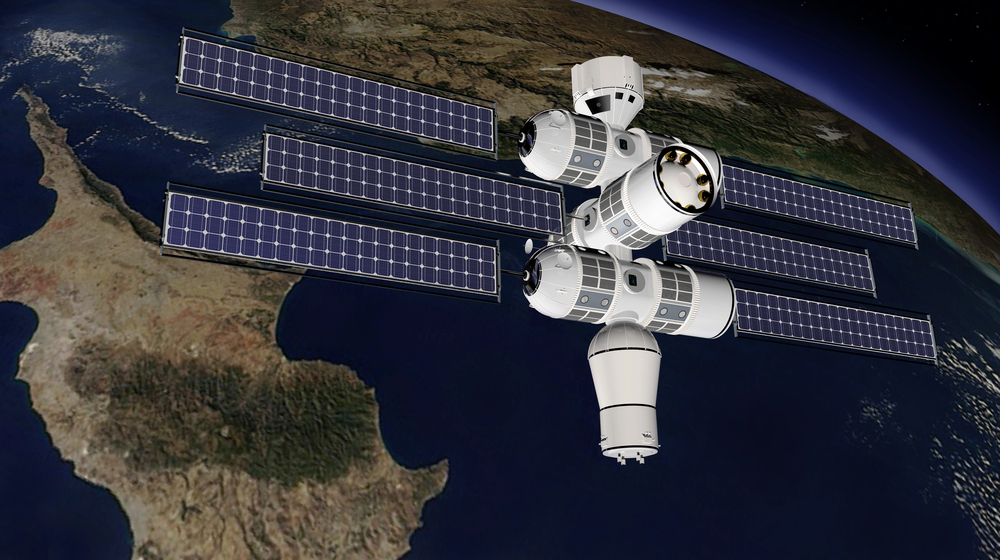
5. IAEA Verification: Science and Satellite Monitoring
The activity of the International Atomic Energy Agency to verify Iranian nuclear activity is founded on advanced science. Inspectors employ environmental sampling cotton swipes that pick up nuclear material at weights less than one trillionth of a gram to detect undeclared activities. Satellite photos, particle counts, and bulk measurements provide the full picture of Iranian nuclear activity. “Environmental sampling and analysis allow the IAEA to assure the international community of the correctness and completeness of declarations by states,” said Todd Mock, IAEA Safeguards Information Analyst. In spite of recent interruptions to inspection activities, the IAEA maintains that “there has been no radiological impact to the population and the environment in neighbouring countries,” but emphasizes resumption of full verification work at the earliest. IAEA verification science
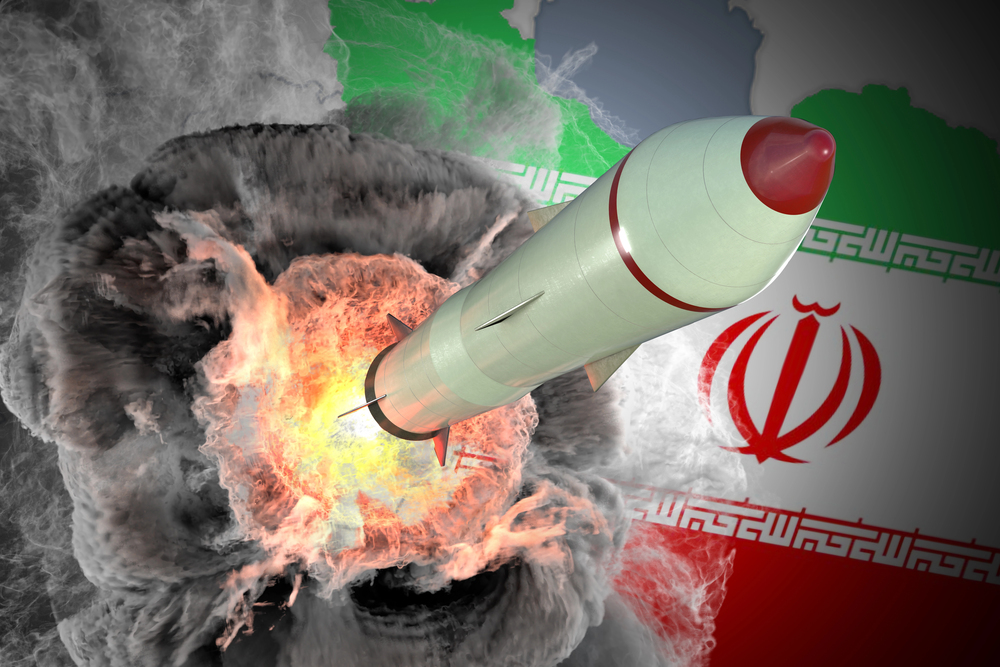
6. Rapid Reconstitution: Technical Know-How and Enrichment Timelines
Iran’s technical base remains robust. Foreign Minister Abbas Araghchi said, “Buildings can be rebuilt. Facilities can be rebuilt.” Machines can be swapped. Iran could resume “a few cascades of spinning centrifuges and production of enriched uranium” within a few months, the IAEA is warning. Iran had in storage prior to the airstrikes more than 400 kg of 60%-enriched uranium that completes more than 90% of what is needed to achieve weapons-grade. Sophisticated centrifuges such as the IR-2m and IR-6 enable short-time enrichment in smaller, more difficult-to-detect facilities. According to IAEA estimates, “Iran’s nuclear program has reached the point where Iran could be capable of enriching sufficient uranium for five fission weapons within roughly one week and enough for eight weapons in under two weeks.” Breakout risk and enrichment timelines
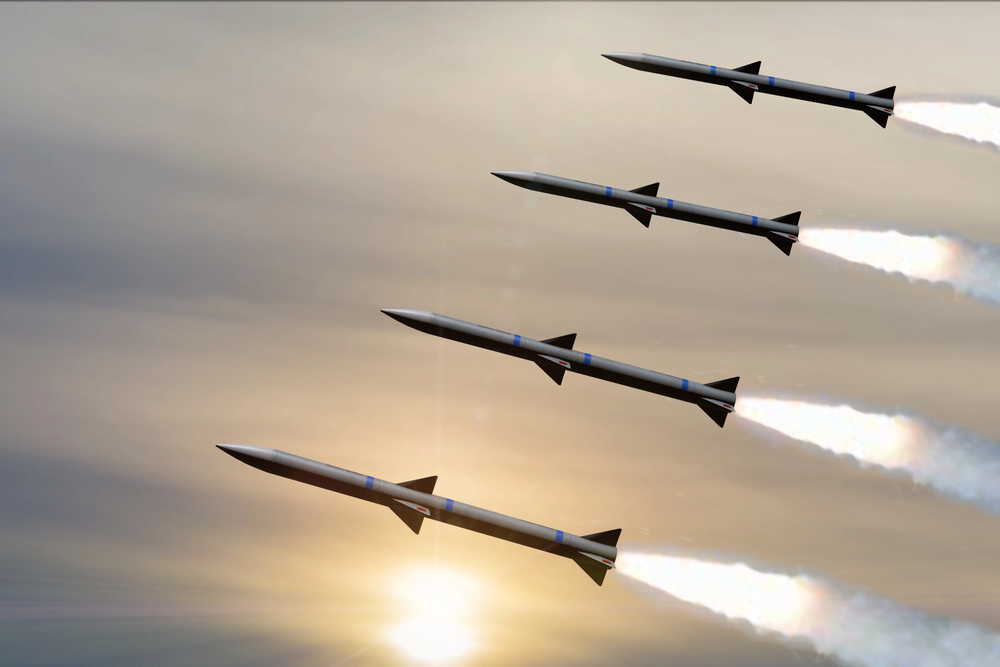
7. The International Response: Diplomacy, Sanctions, and Future Risks
The attacks have rekindled diplomatic urgency. While Iran continues to be a signatory of the Nuclear Non-Proliferation Treaty (NPT) and asserts a religious fatwa against nuclear weapons, its past history of clandestine behavior and technical capability perpetuate suspicion internationally. The IAEA Director General Rafael Grossi stressed, “Resumption of cooperation with the IAEA is the key to a productive diplomatic agreement to finally put an end to the conflict over Iran’s nuclear program.” The task now is to bargain valid verification and deconstruction mechanisms, as Iran’s capability and inventory cannot be removed with bombs. The threat of covert enrichment facilities, facilitated by tiny advanced centrifuges, remains a core security matter of interest to security professionals and foreign policy analysts.
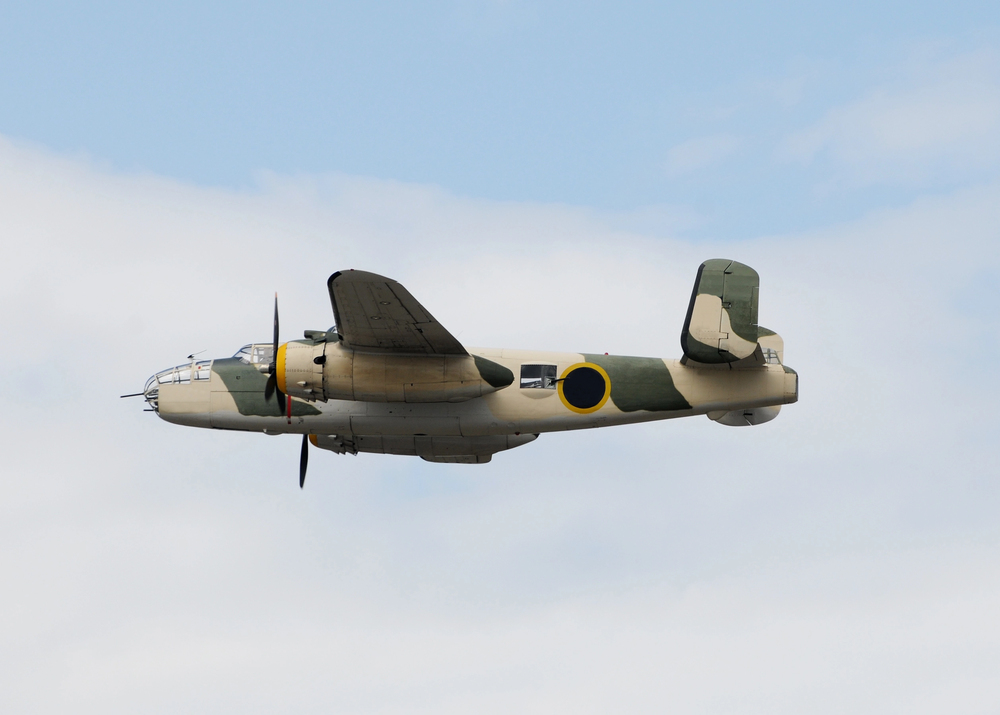
The effect of the B-2 attacks destroyed Iran’s nuclear complex but not its scientific and engineering competence based on its program. The world is currently racing between diplomatic and technical recovery with the instrument of verification and the lessons of precision war propelling the next chapter in nuclear nonproliferation.
